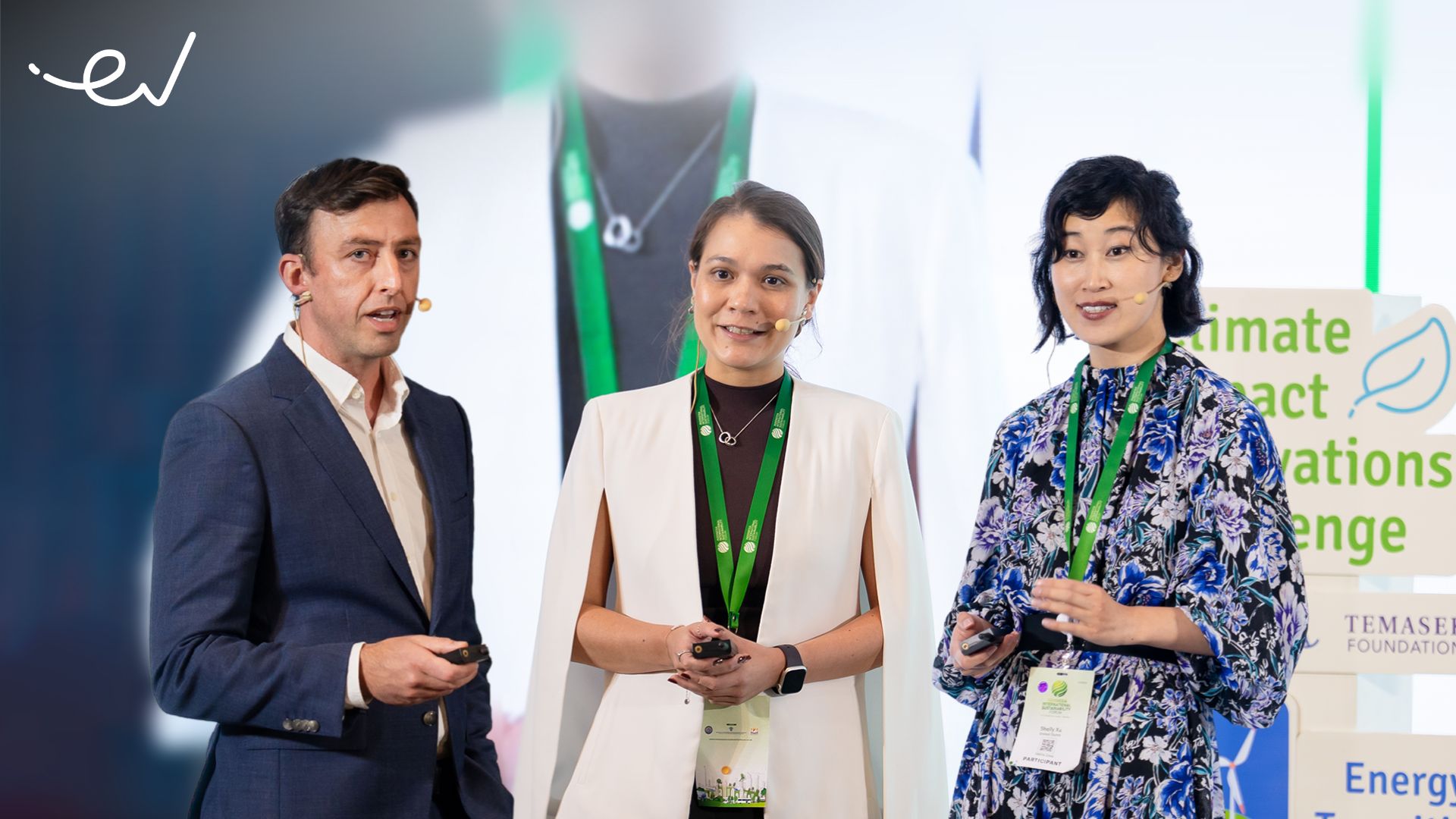What will the world be like for our children if we fail to limit global warming to below 2°C, preferably to 1.5°C?
In the best-case scenario where the globe warms only by 1.5°C, a 10-year-old child in 2020 will experience fourfold as many extreme climate events throughout the course of their life compared to a 55-year-old.
With ongoing global warming, today’s children in Southeast Asia will witness increased losses in health and well-being, agricultural production, and economies due to sea-level rise and extreme weather, as stated in the Intergovernmental Panel on Climate Change (IPCC) report released June 2022.
On a per-capita basis, World Bank data shows that greenhouse gas emissions are higher in developed countries like the United States, Australia, and China, but the whole globe warms as a result. Countries like those in Southeast Asia, which possess fewer resources, are set to disproportionately suffer bigger losses. Rising sea levels, heat waves, drought, and more frequent and severe rainstorms, pose a significant threat to both the agricultural economy and low-lying coastal areas of Southeast Asia.
Against this backdrop, East Ventures and Temasek Foundation present the Climate Impact Innovations Challenge (CIIC). The Climate Impact Innovations Challenge is a platform that connects investors and entrepreneurs with innovative solutions to address some of the greatest problems facing cities in the tropics in the 21st century.
Southeast Asia faces a dual challenge. Not only do we have to adapt to climate change with regard to food production, maritime activities, and other areas, but we must also alter our development strategies in renewable energy and mobility that are increasingly contributing to global warming. Therefore, the four tracks of the Climate Impact Innovations Challenge are:
Renewable energy
The world is racing towards net-zero emissions. Though Southeast Asia is projected to suffer among the harshest effects of climate change, many countries in the region do not have carbon reduction strategies that will effectively mitigate the severity of the climate risks.
The transition from fossil fuels to cleaner energy is crucial, and there are so many untapped resources to generate greener electricity that have yet to be explored in the region. Switching to renewables can enable Indonesia and other Southeast Asian countries to meet their growing energy demand while cutting 75% of their energy-related CO2 emissions by 2050, or half of the current emissions (IRENA, 2022).
We are seeking new ideas, innovations, and technologies that can disrupt the ways we generate electricity in a low-cost and inclusive manner that can reach both urban and rural communities in Southeast Asia.
Mobility (Electric Vehicle, Supply Chain)
Following the implementation of renewable energy solutions, we would also find ourselves with a mobility issue. To keep global warming below a catastrophic level, developing sustainable transportation and supply chains is essential to lower carbon emissions from the growing mobility of the Southeast Asia population.
We are seeking new innovative solutions, as new services, platforms or new technology or as a complement to the growing demand for sustainable mobility and supply chain.
Food & Agriculture
The climate crisis and unpredictable weather have imposed greater challenges on agriculture and on the sustainability of food systems globally. For Southeast Asia, a 1% increase in temperature versus a year ago will make food production in the region more expensive by almost 1%.
A 2021 study from Asian Development Bank also found that between 2008 and 2018, climate-related disasters in the region – caused approximately US$ 21 billion worth of crop and livestock production losses. Unchecked, the effects of climate change on food & agriculture will be exponentially worse in the coming years, so the fragile landscapes and agrobiodiversity of Southeast Asia must be protected to ensure the sustainability of livelihoods.
We are seeking new innovative ways to sustainably grow and harvest our food. This will help to ensure food security in both urban and rural communities.
Ocean
Oceans feed us, regulate our climate, and generate most of the oxygen we breathe. Because of its peculiar geography, few regions are as reliant on the ocean for both sustenance and economic growth as Southeast Asia. The region is home to an estimated 625 million people whose livelihoods rely on the ocean and is also responsible for the bulk of global fish and aquaculture production.
The waters of Southeast Asia are worth around US$2 trillion, while blue carbon value is estimated at US$68 billion for mangroves and US$40 billion for seagrass, according to a 2021 PEMSEA and UNDP Report. Therefore, protecting ocean health is of utmost importance for countries in Southeast Asia, but the region faces many challenges, including climate change, pollution, biodiversity loss, and overfishing.
We are seeking new innovative solutions that make it possible for the people of Southeast Asia to utilize the ocean’s resources for economic growth, sustenance, and improved livelihoods in a sustainable manner while ensuring the welfare of their coastal communities.
For those with a creative solution to the most pressing climate challenges of our time, East Ventures and Temasek Foundation are offering a unique opportunity, the Climate Impact Innovations Challenge, for entrepreneurs to present their innovative ideas to help tackle issues such as renewable energy, sustainable mobility and supply chain, sustainable agriculture and food security, and ocean resource utilization. Chosen finalists could receive up to IDR 10 billion to fund their projects in Indonesia and gain access to investors and other benefits. Join the challenge now to showcase your solutions and make an impact.
Learn more about the Climate Impact Innovations Challenge here.







